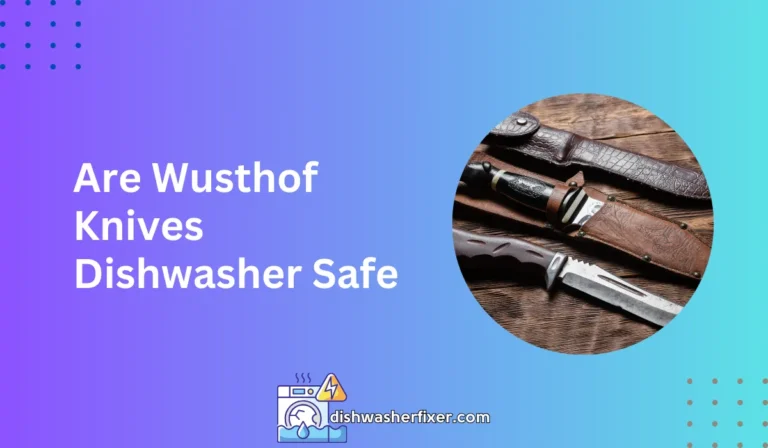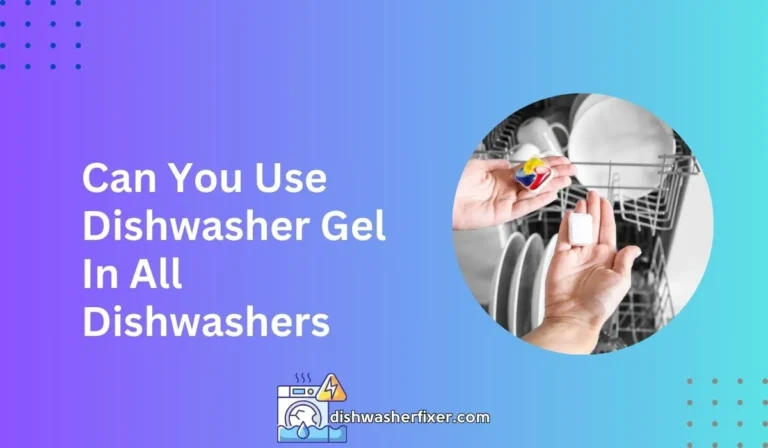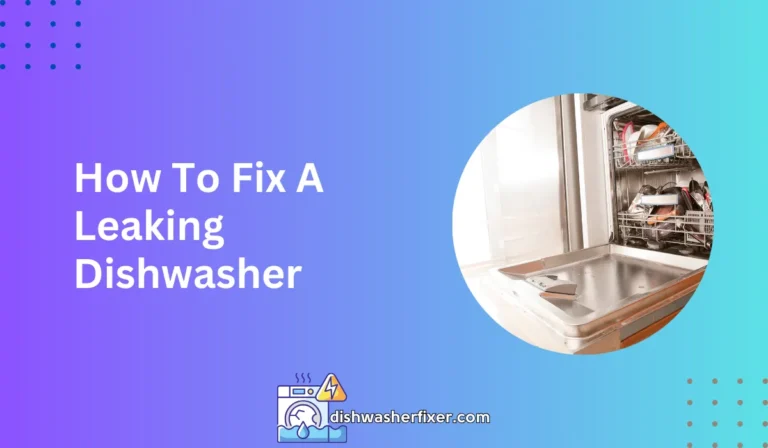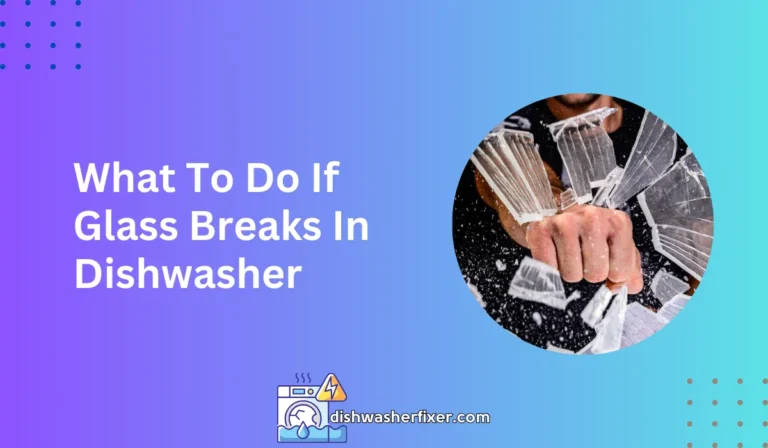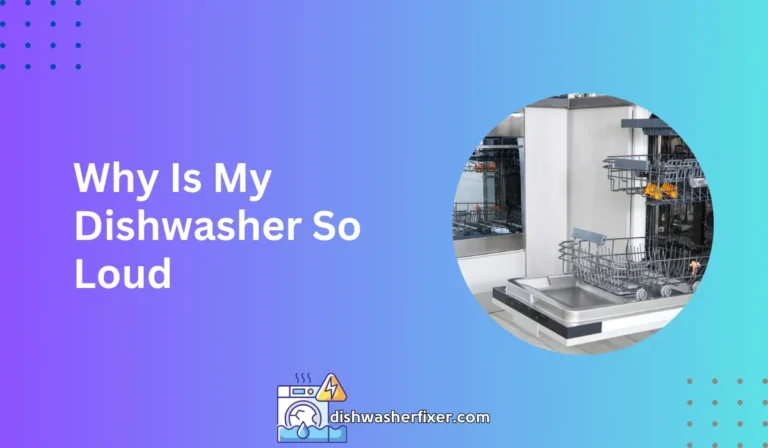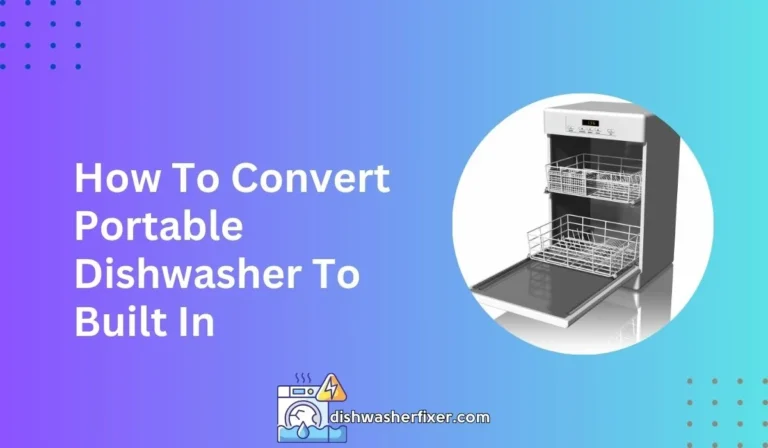Why Is My Dishwasher Not Getting Water? Quick Fixes Revealed
Your dishwasher may not be getting water due to a kinked hose, a closed water supply valve, a clogged filter, or a faulty water inlet valve. Check these components to resolve the issue.
Common Causes for Dishwashers Not Receiving Water
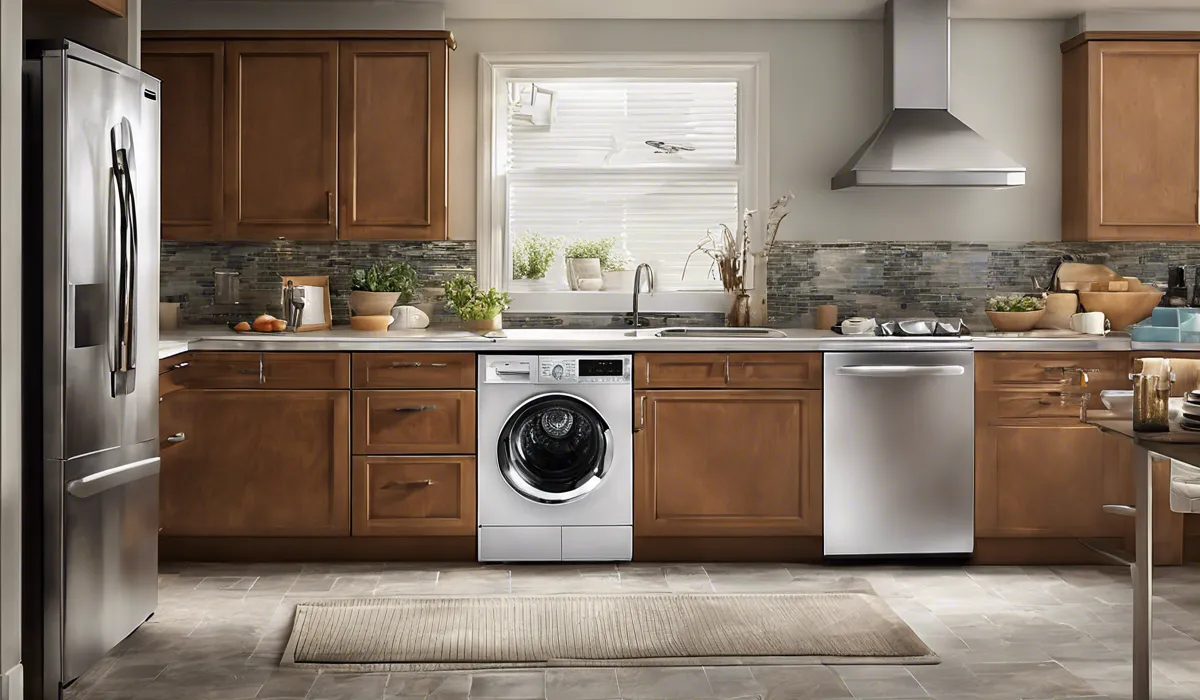
Water Supply Issues
One of the first areas to check when your dishwasher isn’t filling with water is the water supply. A common culprit is the shut-off valve, which may accidentally be in the closed position.
This valve controls the flow of water into your dishwasher and if it’s turned off, no water will enter the appliance.
Another potential issue is kinked hoses. These can restrict the flow of water, akin to bending a garden hose while the water is running.
Lastly, low water pressure can also be a factor. If your home’s water pressure is too low, it may not be sufficient to trigger the dishwasher’s water inlet valve to open.
Malfunctioning Components
The water inlet valve is a key component that allows water to enter your dishwasher. If it’s faulty, it won’t open correctly, and your dishwasher will remain dry.
A defective float switch or float assembly is another possible problem. This switch tells the dishwasher how much water is inside and prevents overfilling.
If it’s stuck or broken, it can incorrectly signal that the dishwasher is full, preventing any water from entering.
Additionally, a broken door latch might be at fault. If the dishwasher senses that the door isn’t securely closed, it won’t start the water flow for safety reasons.
Electrical Problems
Electrical issues are less visible but just as impactful. Tripped circuit breakers or blown fuses can disrupt power to the dishwasher, preventing it from filling with water.
Errors in the control panel settings or programming can also cause water supply issues. If the dishwasher is not set correctly or if there’s a glitch in the system, it may not initiate the fill cycle.
Troubleshooting Steps to Identify the Problem

Inspecting the Water Supply
Begin by ensuring that the shut-off valve, typically located under the kitchen sink, is fully open. This is a simple yet frequently overlooked step.
Next, inspect the hoses leading to the dishwasher. Look for any kinks that could be blocking water flow and straighten them out.
It’s also worth checking for any signs of leakage which could indicate a hose that needs replacement.
Examining Dishwasher Components
To test the float mechanism, gently lift it up and down to see if it moves freely. If it’s stuck, cleaning may be necessary.
For the water inlet valve, you’ll need to locate it—usually behind the lower access panel—and check for any clogs or signs of damage.
If you’re comfortable with tools and your dishwasher’s manual, you could test the valve’s function with a multimeter.
Ensure the door latch clicks into place when you close the door; if it doesn’t, the latch may need to be repaired or replaced.
Investigating Electrical Connections
Check your home’s circuit breaker box to make sure the dishwasher’s breaker hasn’t tripped.
If it has, flip it back on and monitor if it trips again, which could indicate a more serious electrical problem.
Look at the fuse box as well to ensure no fuses have blown. If your dishwasher has a control panel, try resetting it according to the manufacturer’s instructions, which can sometimes clear programming errors.
Professional Repair vs DIY Solutions
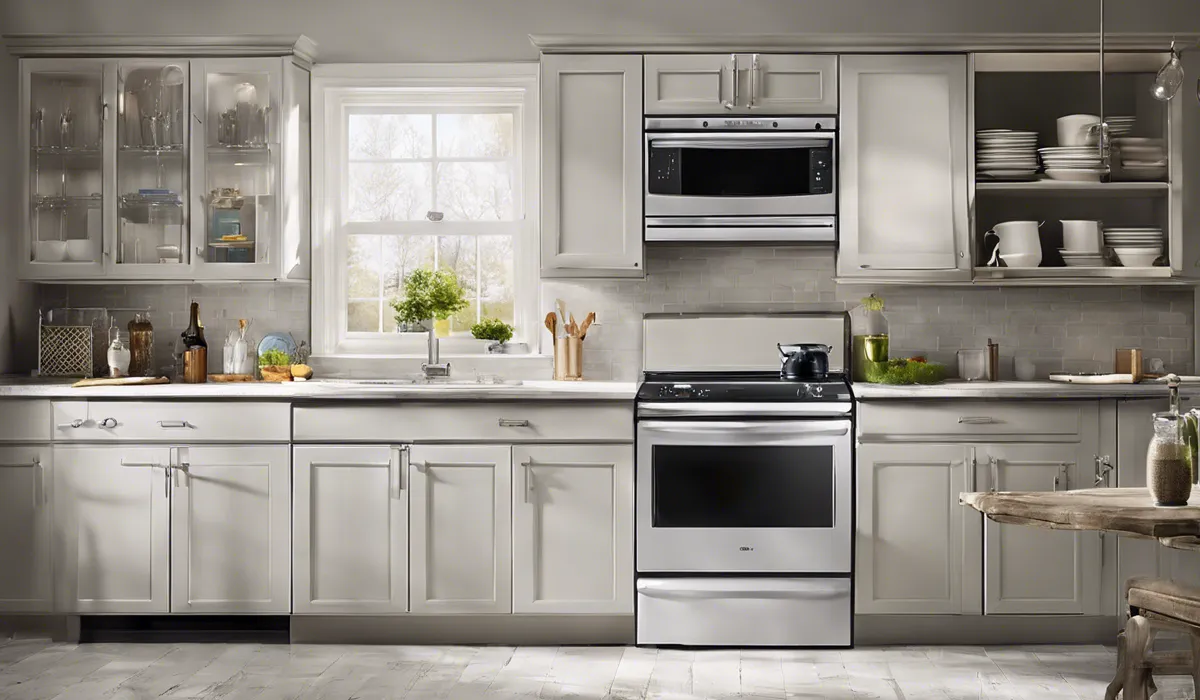
When to Call a Professional
If you’ve gone through the basic troubleshooting steps without success, it may be time to call a professional.
This is especially true for complex electrical issues that can be hazardous to address without proper training.
Likewise, if internal components need to be replaced, a professional will have the tools and expertise necessary.
Additionally, if your dishwasher is still under warranty, attempting DIY repairs could void it. It’s best to check the terms of your warranty before proceeding with any DIY attempts.
DIY Fixes for Simple Issues
Many minor issues can be resolved without professional help. Adjusting the water supply valve is an easy fix if it was simply turned off. If you found any kinks in the hoses, carefully straighten them to restore water flow.
Cleaning the float mechanism can often resolve issues with it sticking or not moving properly. If your dishwasher’s control panel allows it, try resetting the dishwasher, which can resolve certain electronic issues.
Safety Precautions and When to Avoid DIY Repairs
When attempting any DIY repairs, always prioritize safety. Make sure the dishwasher is disconnected from the power supply to avoid the risk of electrical shock.
Be cautious when working with water and electrical components together. If you’re not confident in your ability to safely perform a repair, it’s better to call a professional.
FAQs About Dishwasher Water Issues
Why isn’t my dishwasher filling up with water?
Your dishwasher may not be filling up with water due to issues such as a kinked hose, a closed water valve, a clogged filter, or a malfunctioning water inlet valve.
How do I check if the dishwasher hose is kinked?
Inspect the water supply hose located behind the dishwasher. Ensure that it is not pinched, twisted, or kinked, which could restrict water flow.
What should I do if the dishwasher’s water supply valve is closed?
Locate the dishwasher’s water supply valve under the sink or behind the dishwasher and turn it counterclockwise to open it, ensuring the water supply is restored.
How can I fix a clogged dishwasher filter?
Remove the dishwasher filter according to the manufacturer’s instructions, rinse it under running water, and clean off any debris before reinstalling it.
What are the signs of a faulty dishwasher water inlet valve?
A faulty water inlet valve may manifest as a dishwasher that won’t fill with water, makes unusual noises, or fills with water even when it’s not running.
Final Thoughts
When a dishwasher isn’t receiving water, common culprits include a twisted hose, an unopened water supply valve, a blocked filter, or a malfunctioning water inlet valve.
To fix the water supply issue to your dishwasher, inspect and address these specific components systematically.
